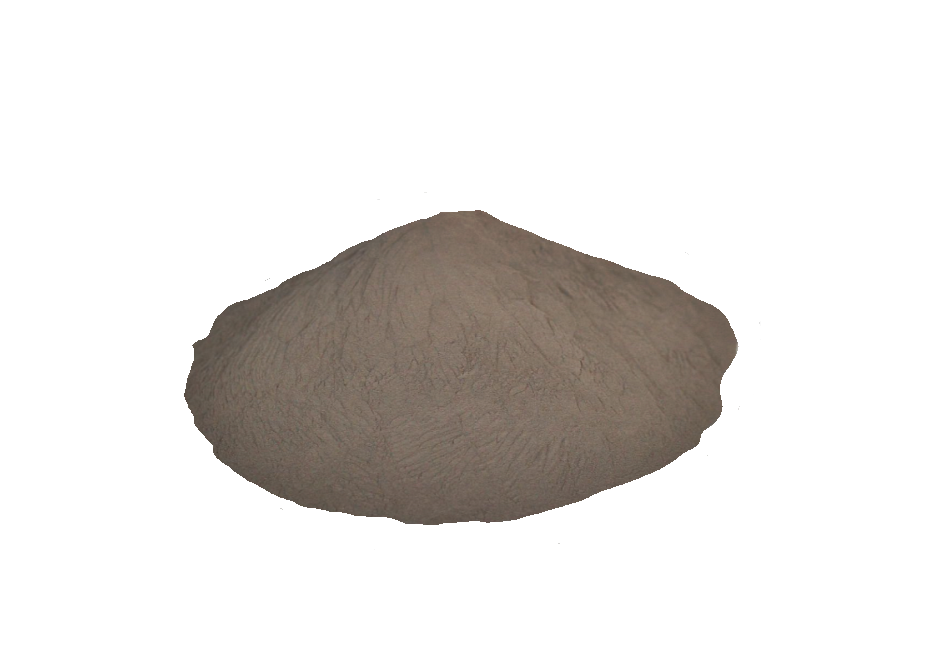Blog
Stainless Steel Powder Metallurgy and Its Role in Automotive Engineering
November 6, 2023
Reshape automotive engineering through stainless steel powder metallurgy by PM Distributors. Know more about the process and its uses. Call +61 (3) 9794 5817.
The landscape of automotive engineering continues to evolve these days. Hence, innovations continually drive advancements in performance, efficiency, and durability. Stainless steel powder metallurgy has emerged as a transformative technology, redefining the manufacturing and design possibilities in the automotive industry.
Stainless Steel Powder Metallurgy: Key Steps
Stainless steel powder metallurgy is a manufacturing process carried out by PM Distributors. It involves shaping stainless steel powders into intricate components through numerous steps.
The first step is powder production. High-quality stainless steel powders must be produced through various methods like atomisation or gas atomisation, ensuring a consistent composition. Powder blending is the next step that involves blending stainless steel powders with carefully selected alloying elements to achieve the desired material properties. Once blended, these powders can attain enhancement in corrosion resistance, strength, and durability.
The next step of stainless steel powder metallurgy is compaction. The blended powder is loaded into a die and compacted using hydraulic or mechanical presses. This process generates a green compact with the general shape of the final part. The green compact is subsequently subjected to high-temperature sintering in a controlled atmosphere. During sintering, the stainless steel powder particles mix, resulting in a dense and fully metallurgical part with the desired properties.
Any quality enhancements can be finally integrated into the workpieces with secondary operations like machining, heat treatment, and surface finishing.
Sintered Products for Automotive Engineering
Automotive engineering can benefit from stainless steel powder metallurgy through a wide array of sintered products and components. Some notable applications of stainless steel powder metallurgy in automotive engineering are as follows.
• Engine Components: Stainless steel powder metallurgy is used to manufacture critical engine components like connecting rods, valve seats, and camshafts. They require high strength, wear resistance, and corrosion resistance, making stainless steel an ideal choice.
• Transmission Systems: Gears, synchronisers, and other transmission components can also benefit from the dimensional accuracy and durability offered by stainless steel powder metallurgy.
• Exhaust Systems: Stainless steel powder metallurgy plays a key role in creating exhaust system components that can withstand high-temperature and corrosive environments, contributing to emissions control and improved engine efficiency.
• Fuel Injection Systems: Stainless steel powder metallurgy is used to produce precise fuel injector components, ensuring accurate fuel delivery and combustion efficiency.
• Structural Components: Stainless steel powder metallurgy is likewise maximised in structural components, contributing to vehicle safety and crash performance.
Benefits of Stainless Steel Powder Metallurgy
The adoption of stainless steel powder metallurgy in automotive engineering brings several benefits.
First, it allows the production of complex, net-shaped components that cannot be achieved through traditional manufacturing methods. Additionally, it can minimise material waste, which contributes to sustainability efforts. Stainless steel powder metallurgy can also be cost-effective for high-precision, high-volume production runs. It even enables customisation by changing material properties through alloying and sintering. Ultimately, stainless steel powder metallurgy can help meet stringent fuel economy and emissions standards as it produces lightweight parts.
Stainless steel powder metallurgy is revolutionising the automotive industry by enabling the production of high-performance components with superior properties. With continuous advancements in material science and manufacturing technology and the help of professionals like PM Distributors, this process is poised to drive innovation and elevate automotive design and functionality for a long time.
Optimized by: Netwizard SEO

